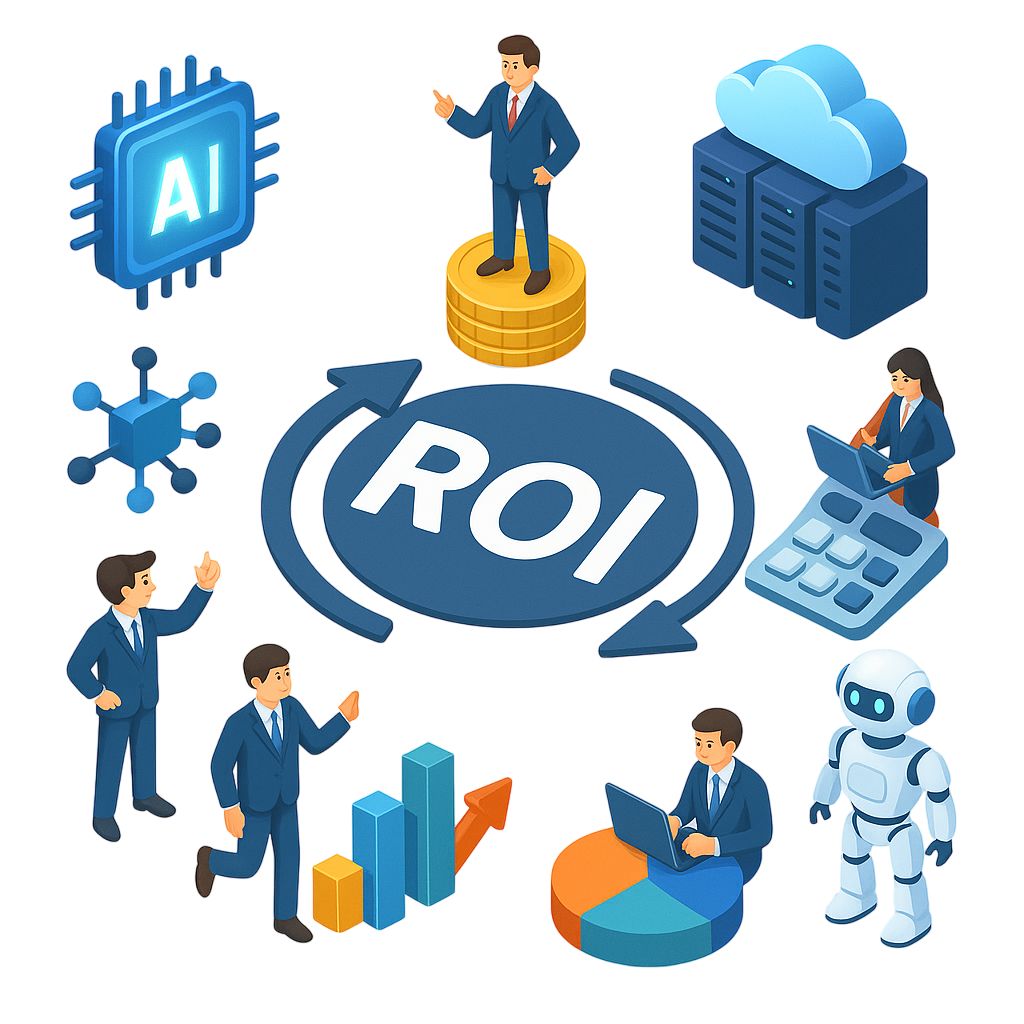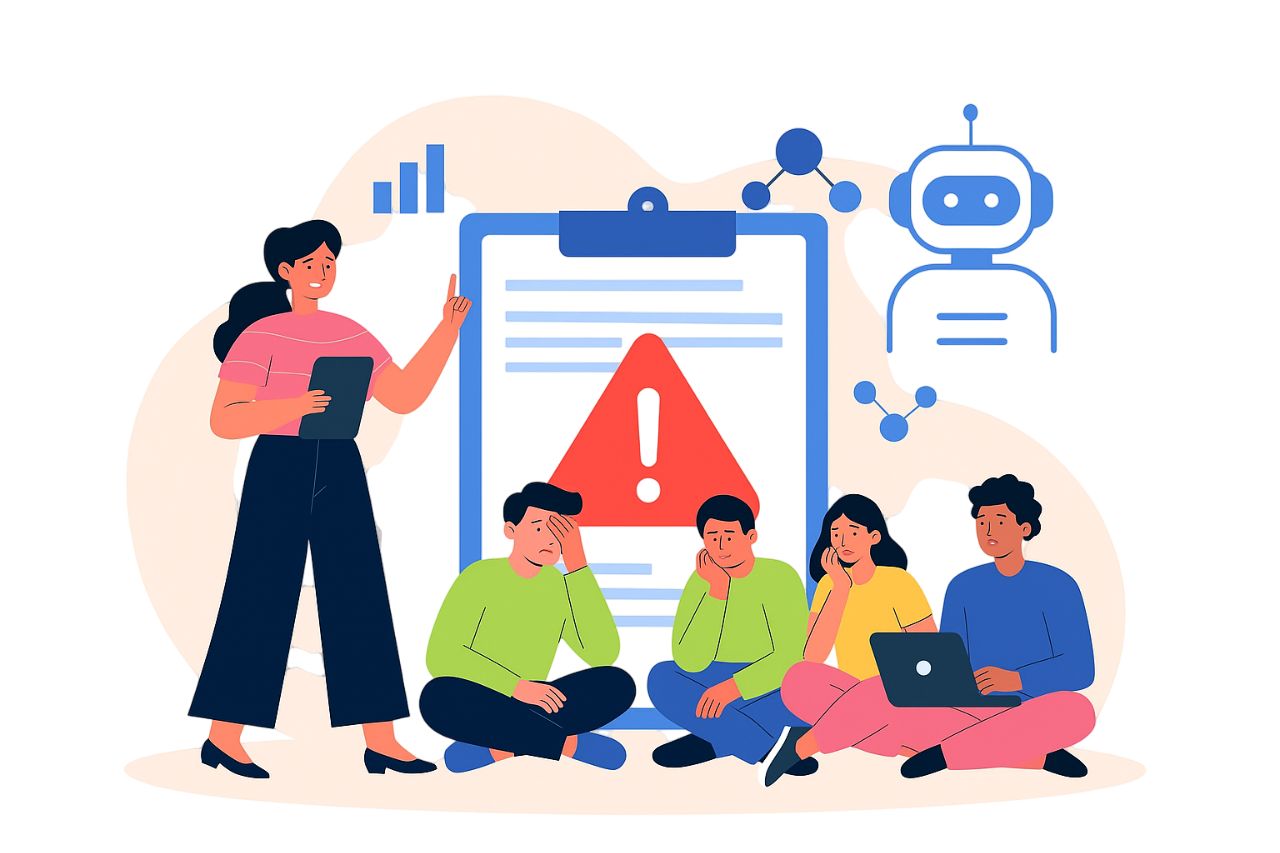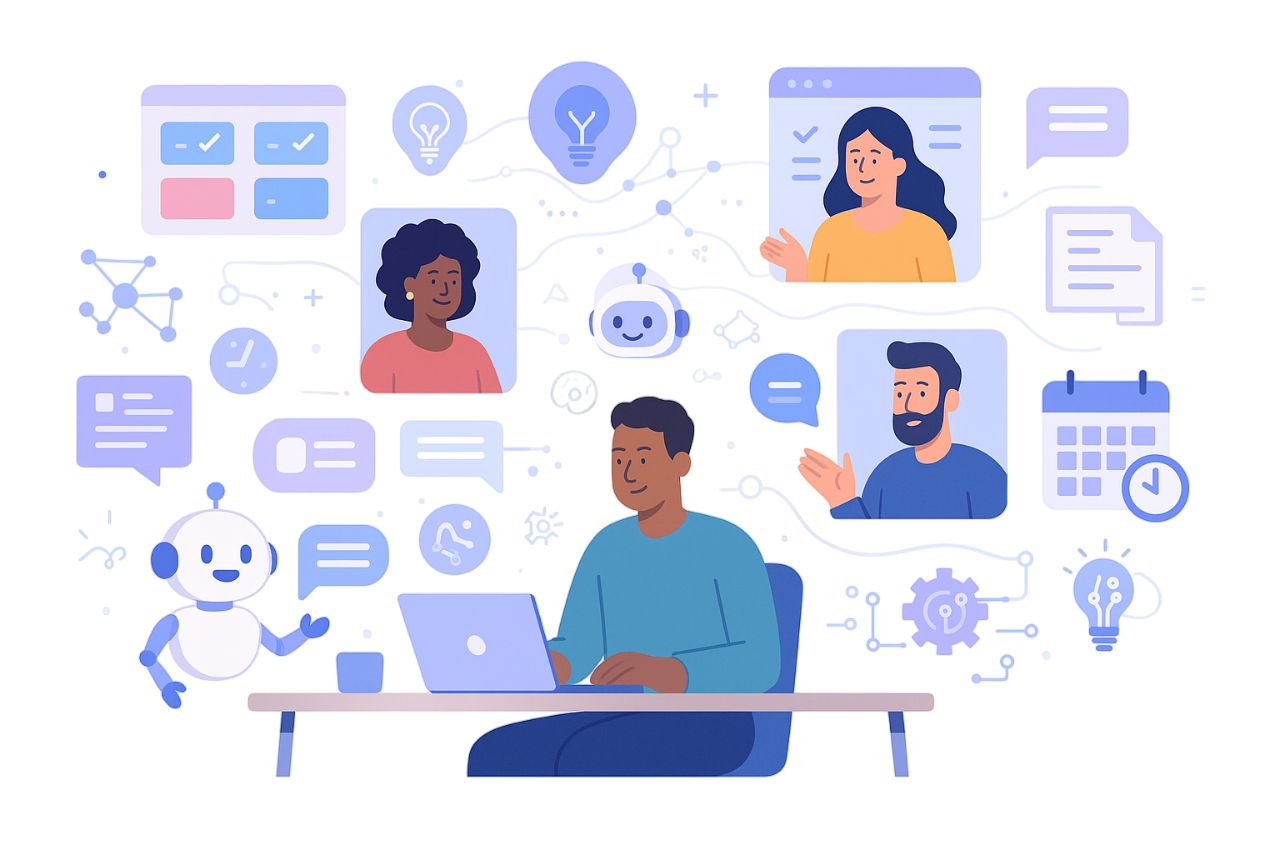
How AI Is Enhancing Meeting Productivity
Discover how AI is revolutionizing meeting productivity by automating note-taking, surfacing insights, reducing time spent in meetings, and improving team alignment.
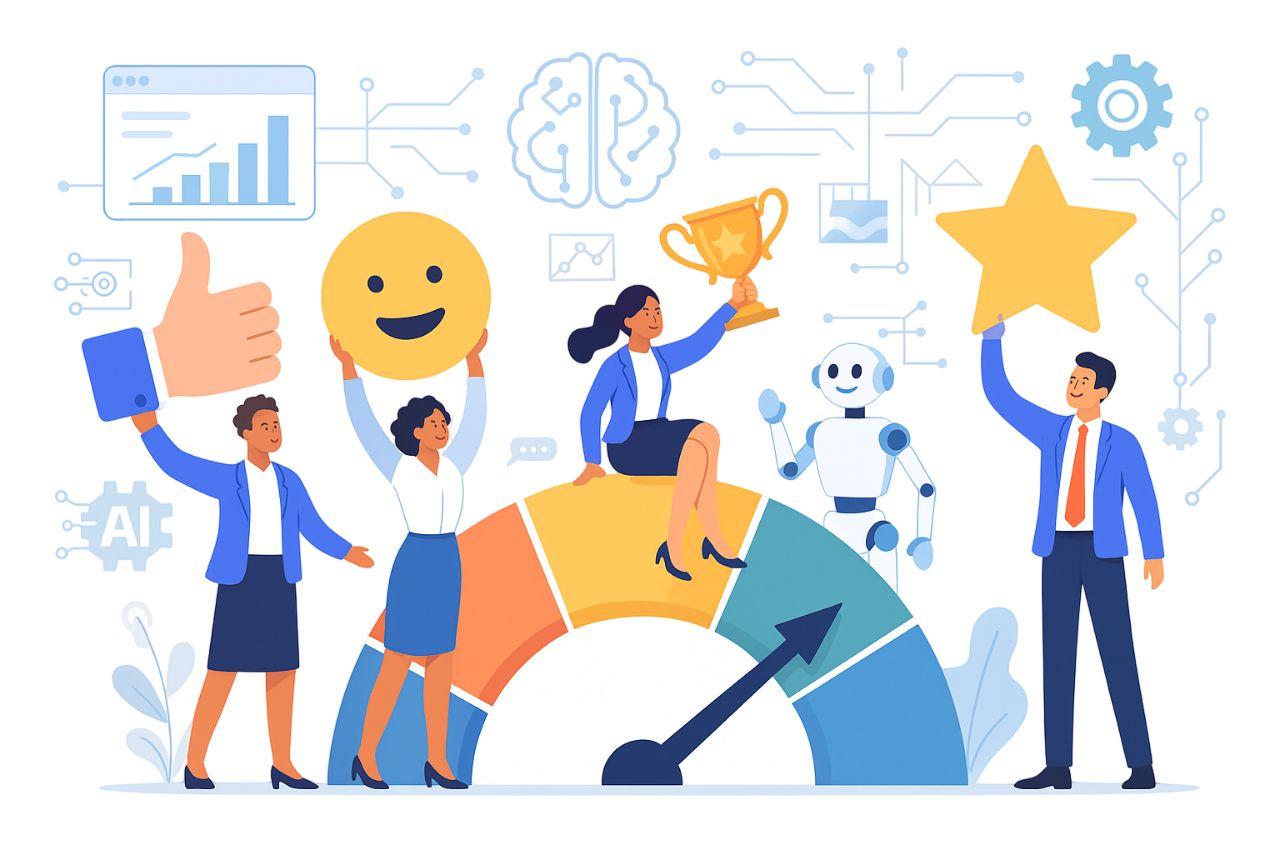
AI’s Impact on Employee Retention
Understand AI’s role in reducing turnover and improving employee experience. Find out how your organization can apply these insights.

Are AI tools reducing burnout?
AI tools are reshaping how we work, but are they easing burnout or adding pressure? Explore the truth and learn how to harness AI for well-being.

Measure AI Fluency of Your Organization
Discover how to assess your organization’s AI fluency and unlock its full potential. Learn how measuring AI understanding, adoption, and confidence can drive smarter, data-informed decisions across teams.
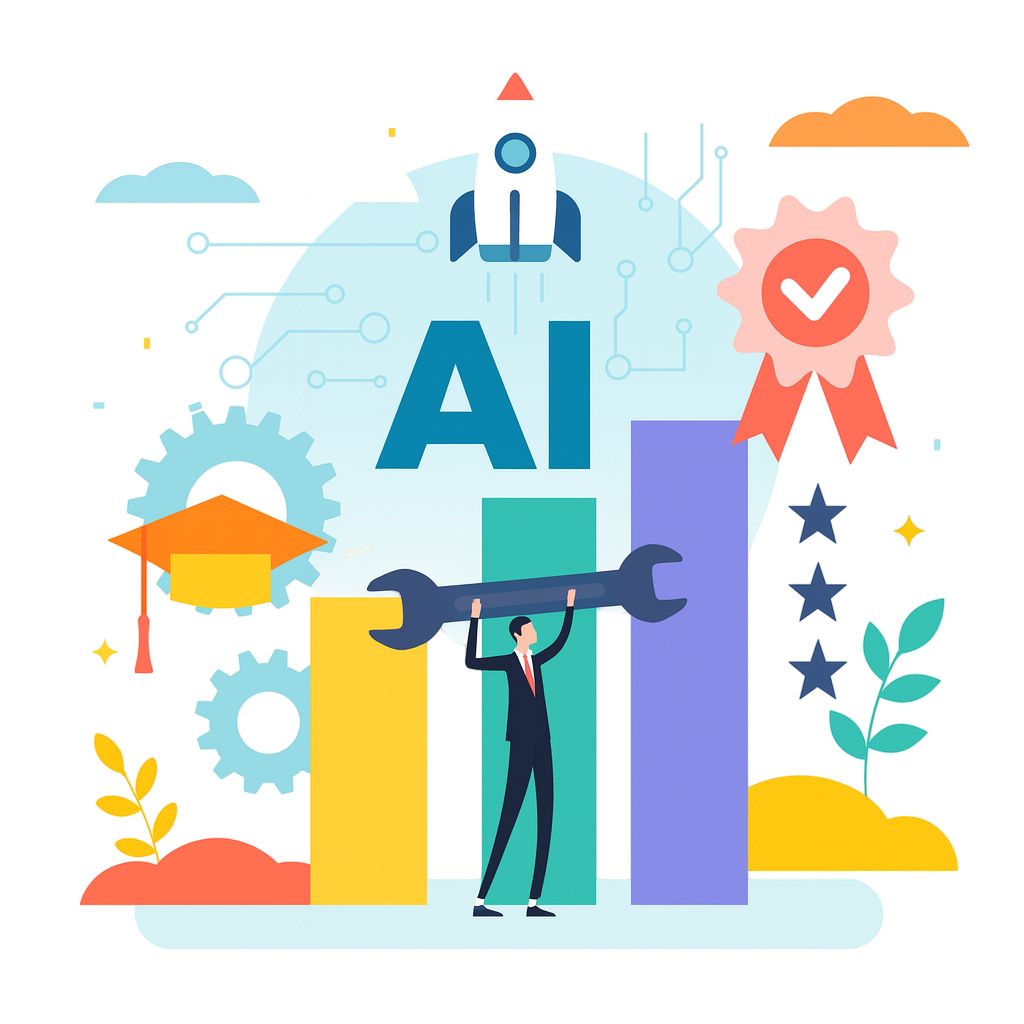
Reducing the AI Skills Gap
Learn how to close the AI skills gap with continuous learning, strong leadership, and Worklytics insights to boost AI adoption and team performance.




